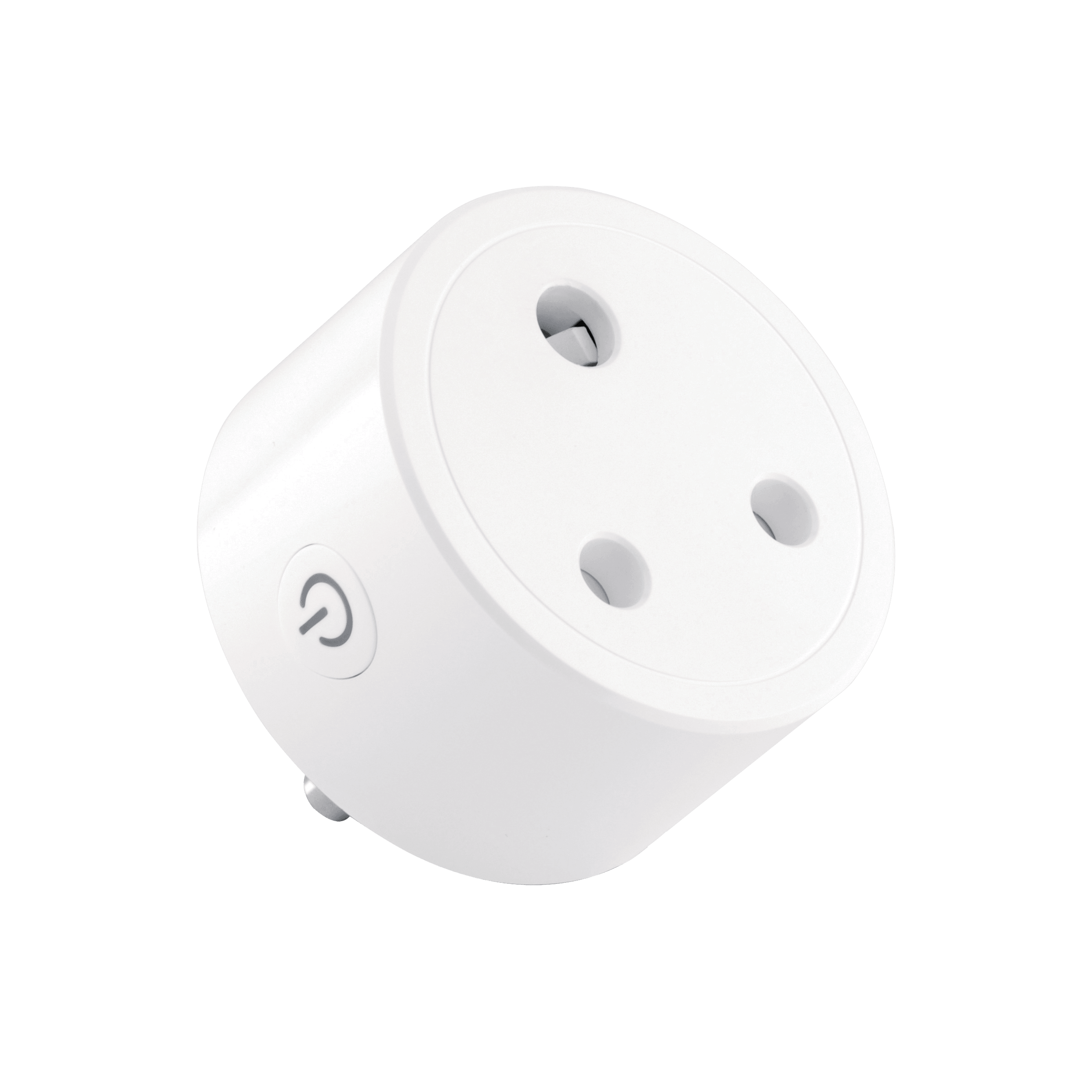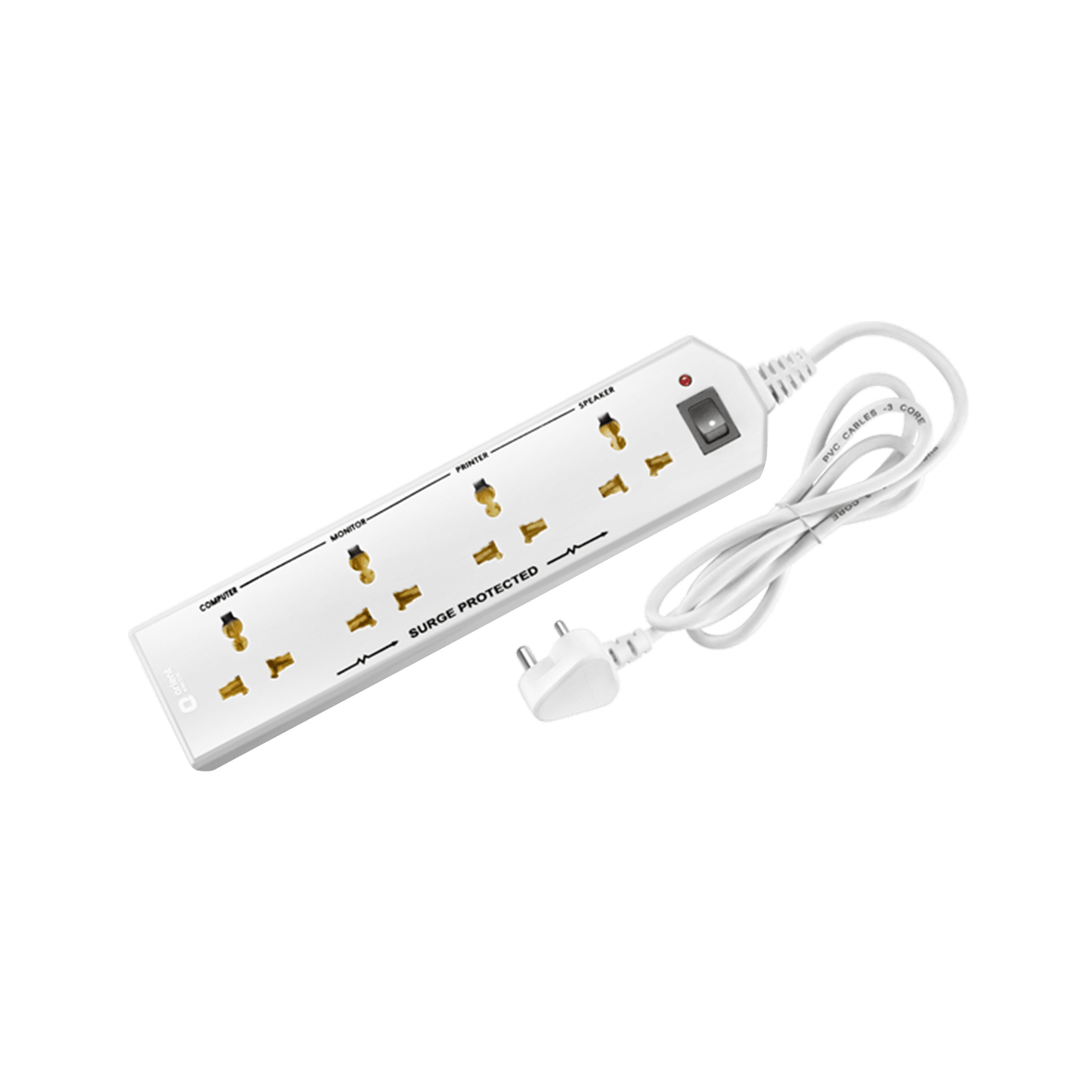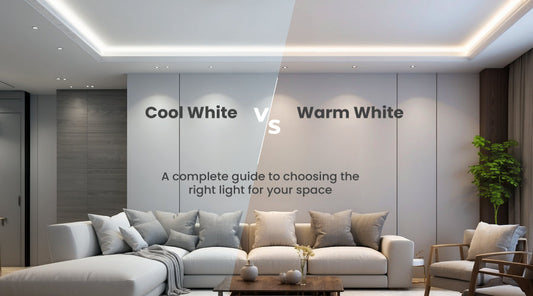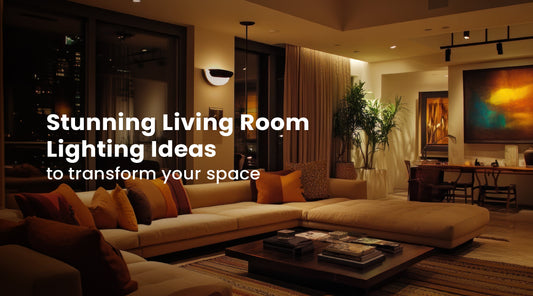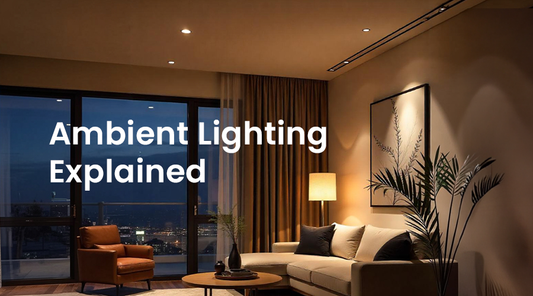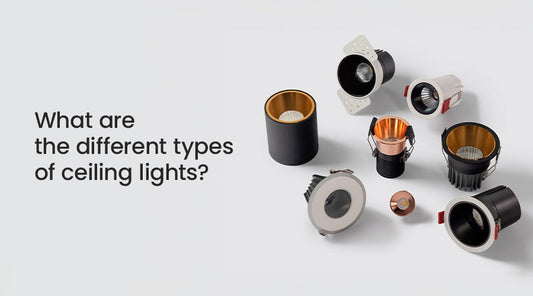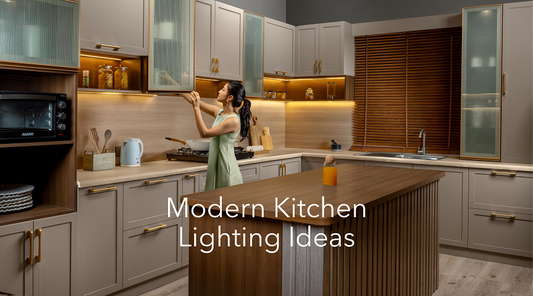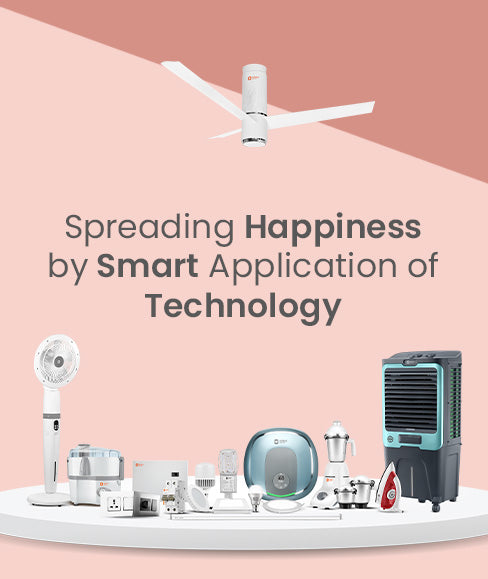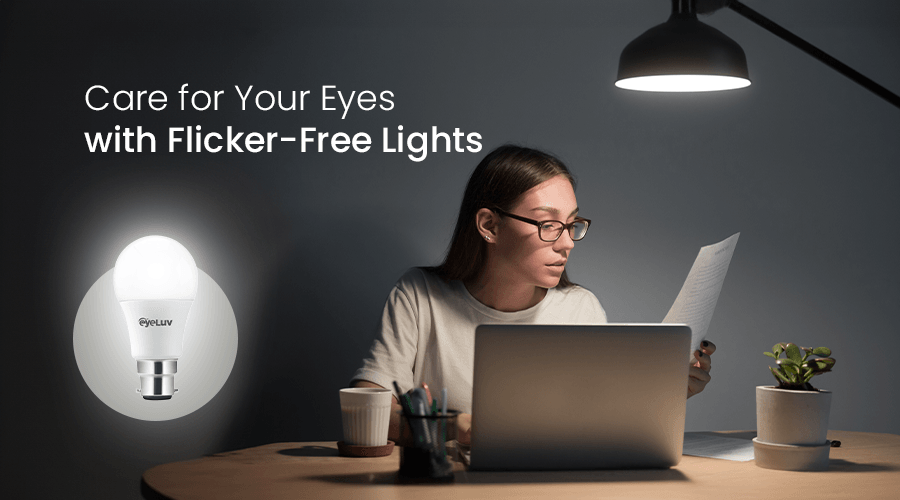
Eye Care in the Digital Age Reducing Eye Strain with Effective LED Lighting Tips

As screen time increases it is not news that many of us spend countless hours each day using our smartphones or desktops, whether we're studying, working, or reading. This constant exposure to screens with inadequate lighting in the workplace can significantly strain on our eyes. This is the time when taking care our eyes in to maintain good eye health and prevent long-term damage becomes paramount.
The Impact of Longer Screen Time
The average person spends over seven hours a day using their mobile devices. That too in environments with very bright and glaring lighting. This prolonged screen time can lead to a variety of eye-related issues. Symptoms include dry eyes, blurred vision, headaches, and neck and shoulder pain.
The Importance of Proper Lighting
Proper lighting is essential for maintaining eye health while studying, working, or reading. Poor lighting can cause your eyes to work harder to see clearly, leading to eye strain and fatigue. One common mistake is relying solely on direct lighting from the tube lights above your workplace or even the extra bright desk lamps, which can create glare and shadows, making it difficult to focus on your work.
The Role of LED Bulbs
LED bulbs have become very popular in the market due to their energy efficiency and longevity. However, some bulbs can strain your eyes when switched on for too long. This is why it's important to choose LED bulbs very wisely. One way to ensure your eyes are exposed to damage is to check for the flicker rate of your appliance. But what is a flicker?
Understanding LED Flicker
In a nutshell, a flicker is the rapid fluctuations in light intensity. There are two types of flickers: visible and invisible. Visible flicker occurs at a frequency of around 100 hertz. This can be seen by the naked eye. Invisible flicker occurs at higher frequencies. This thus cannot be detected by our eyes. But this can have adverse effects on our eye health. This type of flicker is particularly concerning as it can lead to a range of health issues, including eye strain, headaches, blurred vision, and fatigue. There are studies that shows if you are exposed to high flicker rates, then it can even cause neurological problem. Therefore, it is important that you know the flicker characteristics of LED bulbs you have at home and step take proper steps to minimize their impact on our eyes.
How to Check for Invisible Flicker
Yes, you can check for invisible flicker, and it can be done with a smartphone. Here is how to do it:
- Use the slow-motion video mode on your smartphone camera and point it towards the LED light source.
- If you notice any visible distortions in the recorded video this means your light bulb is emitting an invisible flicker
But what is the impact of these flickers on your health? Let’s explore.
The Impact of LED Flicker on Eye Health
If you have LED bulbs with flicker, then you must know that these lights force your eyes to constantly adjust to the light levels. This puts a lot of stress on your eye muscles. If you spend a long time under these lights, then most definitely you experience consistent dryness of the eyes, headaches, and even reduced productivity.
Children are vulnerable to the effects of LED flicker. They are the ones that are mostly under these lights be it in schools, homes, and public spaces. This can lead to eyesight problems and other health issues. Similarly, in current times students are preparing for competitive exams and are thus spending long hours reading and writing under these lights. Therefore, you must choose LED bulbs with low flicker rates to protect the eye health of both children and adults.
Safe Limits for Flicker
Despite knowing the harm, there are still a lot of people in our country who buy LED bulbs without checking for their flicker rate. But this time if you are in the market to buy one then you must know that the IEEE standards PAR 1789 in California have established a threshold limit of 30% flicker to ensure eye safety. Unfortunately, many LED bulbs available in our market have flicker percentages ranging from 40% to 80%.
Orient Electric EyeLuv LED: A Solution for Flicker-Free Lighting
Recognizing this potential harm caused by flickering LEDs, Orient Electric has developed the EyeLuv series of LED lights. These LEDs are designed with Flicker Control Technology to reduce the invisible flicker that is harmful to human health. These can help in reducing eye strain and headaches with their flicker-free technology yet provide bright and gentle lighting to help you get things done more efficiently with reduced fatigue.
Tips for Caring for Your Eyes
However, just choosing a good LED bulb may not be enough, there are several other measures that you can take good care for your eyes while studying, working, or reading:
- Adequate Lighting: Make sure your workspace or study area is well-lit. Use a combination of ambient and task lighting to avoid straining your eyes.
- Position Lighting Correctly: Place your LED bulb or lamp in a way that minimizes glare and shadows.
- Take Regular Breaks: The 20-20-20 rule is your key: every 20 minutes, take a 20-second break and look at something 20 feet away. This helps relax your eye muscles.
- Screen Brightness: If you're working on a computer or reading adjust the screen brightness to match the ambient lighting in the room. These days mobile phones and computers give you the option of “Eye Comfort” brightness level. Maintain a
- Comfortable Distance: Keep a comfortable distance between your eyes and the screen or textbooks. Avoid sitting too close, as it can strain your eyes.
- Regular Eye Check-ups: Go for regular eye check-ups to monitor your eye health and address any issues promptly.
In conclusion, while LED bulbs offer many advantages, be mindful of their potential impact on eye health. By choosing bulbs with low flicker rates and following proper eye care practices, you can create a comfortable and healthy lighting environment. Taking these steps will help ensure that your eyes remain healthy and you are able to study, work, and read with ease.
